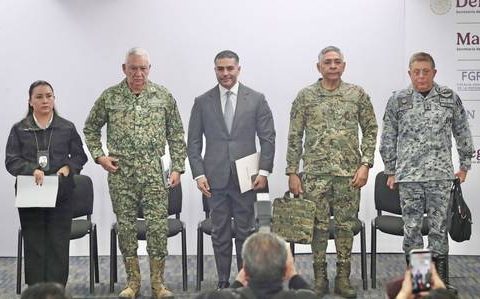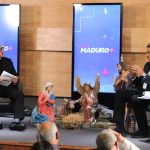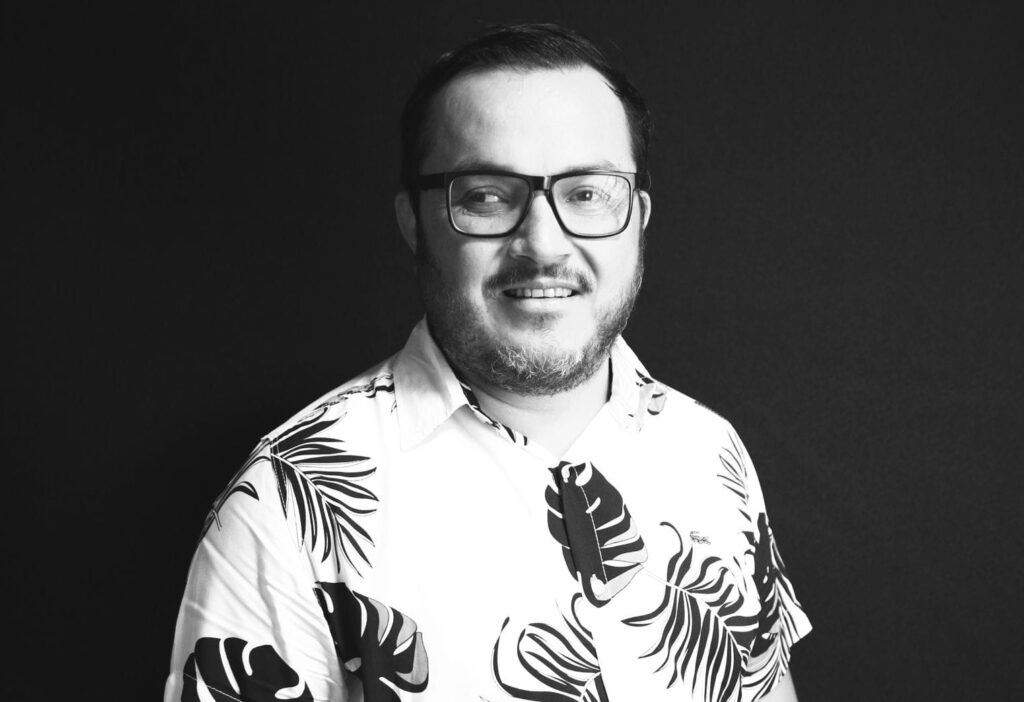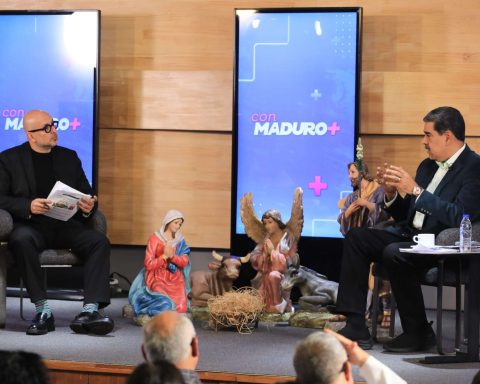Victor M. Toledo
S
and well we can give how start official
of science the founding of the first scientific societies (the Royal Society in England in 1660 and the Académie Royal des Sciences in France in 1666), it was not until the 19th century that the great avenues in the main fields of knowledge were drawn through of the works of the great nineteenth-century thinkers. The 20th century, in contrast, witnessed the explosive expansion and multiplication of knowledge that not only led to the proliferation of researchers and institutions, but also to the specialization and parcelization of knowledge. By 2015, Unesco reported the presence of 8 million researchers in the world, and a Photography
o map of contemporary science based on the analysis of 20 million articles; unveiled hundreds of disciplines, fields, and specialties.
Although during the first half of the 20th century, a good part of the scientific and technological innovations were linked to wars, science remained a mostly public and state activity, carried out by universities and technological organizations and by government offices. However, towards the last decades of the last century and so far in the present, a process of reconversion took place towards a private science with research financed and finally sponsored by corporations and companies. To fully understand the above, one must start from a key distinction: the differences between corporate science and academic science. Corporate science puts profit before interest in the common good, is secret or exclusive, is not peer-reviewed, and is oriented by commercial objectives. Academic science, even that carried out in private institutions, is usually conducted in open academic establishments, is subject to peer review, and is not guided by any commercial purpose, but environmental, social, and human benefit.
It is in this context that the tremendous battles that have been staged in the field of science and technology with the arrival of the 4T government are explained, and that I have documented in my latest book The battles for science in Mexico (digital version at: https://rb.gy/vyrjhd). During the neoliberal period, not only did the National Council of Science and Technology (Conacyt) divert enormous resources to companies and corporations, and allowed illegal mechanisms, but private funding grew in public universities and technological institutions and even the integration of scientists as partners of the sponsoring companies, generating an obvious conflict of interest. This happened in the largest institutions such as the UNAM and the IPN in fields such as biotechnology, biomedicine, chemistry, agronomy, ecology, etc.
Today, in a clear turnaround, the government of the 4T has sent to the Legislature, at the initiative of the Conacyt, the General Law on Humanities, Sciences, Technologies and Innovation that seeks to consolidate and vindicate the humanist nature of the country’s scientific and technological policy, through proposals that strengthen communities, capacity development and national sovereignty. This new law is the result of dialogues, forums, meetings and seminars held since 2019 in which thousands of members of the scientific community participated. The essence of this initiative coincides with what is established in the third article of the Constitution, which mandates making science a human right, not a commodity.
The effects of this change of course are beginning to express themselves. After four years of the 4T government, innovative projects financed by Conacyt have appeared in key areas of health, socio-environmental problems, ethnobiology, food, etc. The Pies Agiles program stands out here, a research and participatory action project on agroecology and food sovereignty that takes place in 18 states in which 250 scholarship holders are trained under the advice of 25 tutor researchers.
The Benito Juárez universities, for their part, offer 35 careers in 145 locations where more than 45,000 students study and 1,168 research professors work. Finally, what has been achieved in the Sembrando Vida program is impressive. There, 450,000 planters (32 percent) and planters (68 percent) work in 18,000 cooperatives (called Peasant Learning Centers), each of which has a nursery, a biofactory, an irrigation system, and youth assistance. fellows. Every eight cooperatives are advised by two technical
: one environmental and one social. The first educates on topics such as agroecology, agroforestry, ecotechnologies, biological control, biofertilization and food markets; the second in administration, participatory governance, savings banks, social fabric, communality and community aid. The number of technical
reaches 4 thousand 500 professionals. In short: a new science in action!

















